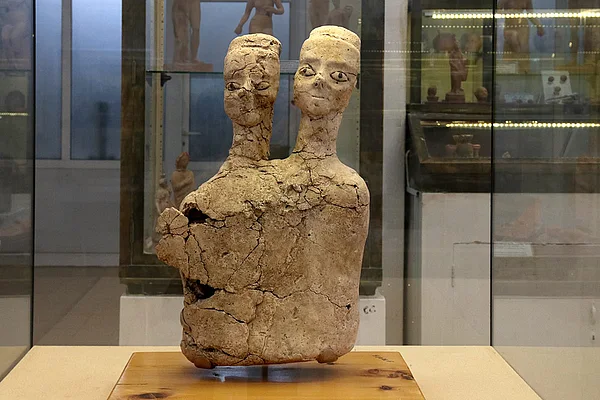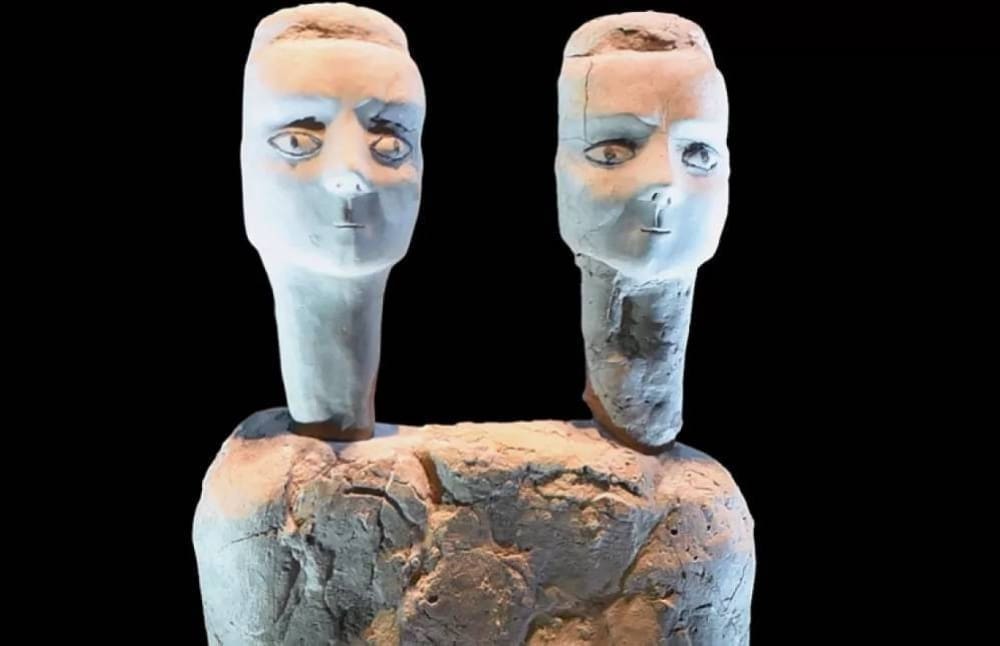Google Doodle Celebrates Ancient Ain Ghazal Statues: Unraveling 8,000-Year-Old Human Imagination
In a notable homage to humanity’s ancient artistic accomplishments, Google’s iconic search page transformed its customary logo to honor the Ain Ghazal statues today. Discovered near Jordan’s capital, Amman, the clay sculptures offer invaluable insights into the evolution of human artistry and have been dated back to a period ranging from 7250 to 6500 B.C.

The Ain Ghazal Statues
The search engine giant celebrated the anniversary of the first discovery of the statues by publishing a post on its ‘X’ platform, detailing their historical significance. Google described the artifacts as some of the earliest models that portrayed human figures and play a monumental role in understanding the timeline and progress of human history.
#Celebrating the Ain Ghazal Statues •
#
Date: September 30, 2023
Today’s hand-crafted Doodle celebrates the Ain Ghazal statues — roughly 9,000 years old and considered one of the earliest large-scale representations of the human form. On this day in 1983, the statues were… pic.twitter.com/YqeEAKbHH5
— Goggle Doddle (@GoggleDoddle) September 29, 2023
The sculptures were first found at the archaeological site of Ain Ghazal on September 30, 1983, with another batch being unearthed in 1985. The 36 statues that have been discovered to date, named after the region where they were found, are believed by art historians to signify the dawn of sculptural art in the ancient world.

Adding layers to their intrigue, the statues were found to be affected by heavy weights and vibrations during road construction activities, leading to fractures in their gypsum surface layer. Despite these challenges, the Ain Ghazal statues continue to capture the imagination of experts and the public alike due to their unique characteristics—some even feature double heads and lack legs.
By shining a light on this artifact, Google draws global attention to the pivotal role played by this ancient art in shaping our understanding of human creativity and cultural development.
In our digital age, where art forms have diversified into numerous mediums, the recognition of these prehistoric sculptures prompts contemplation on the everlasting human desire to depict, imagine, and understand our own existence.

